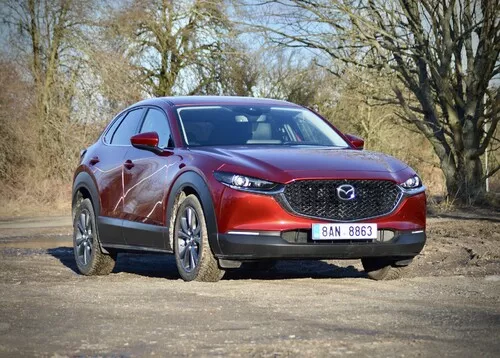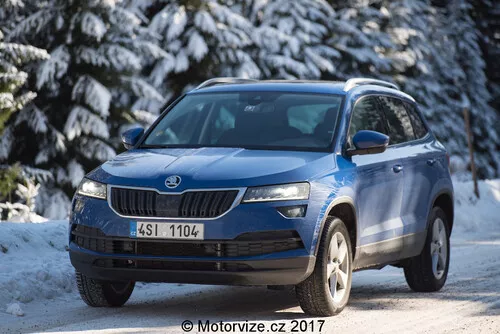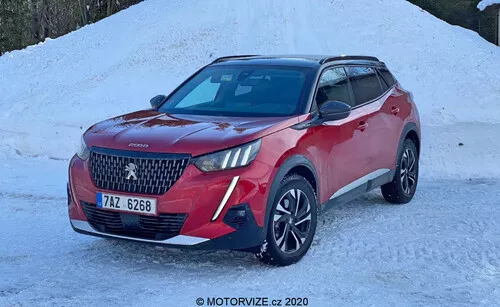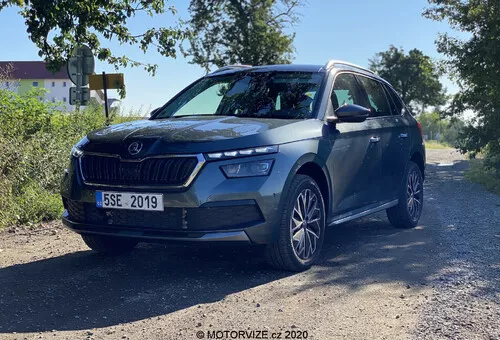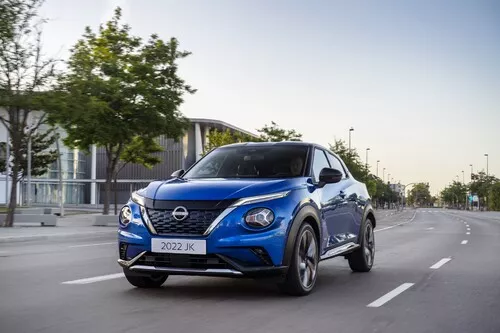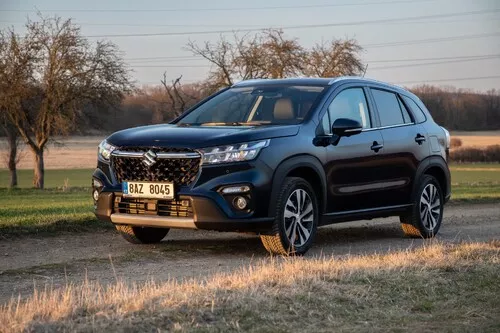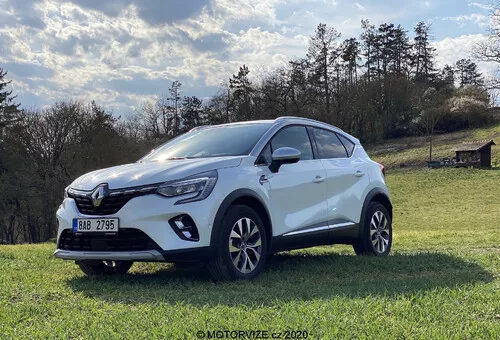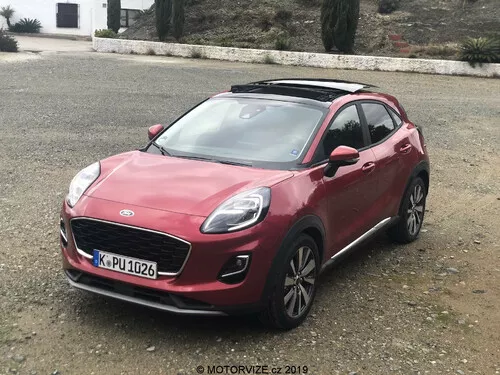Comparison: Boot space Kia XCeed vs. competitors 2025
How much cargo can handle this medium SUV?
KIA XCeed, the spunky crossover that looks like a hatchback but performs like an SUV, offers a decent boot space, making it a versatile choice for urban commuters and small families alike. In today's world, where every inch of space matters, the boot capacity of a vehicle can be a deciding factor. This Korean marvel boasts a respectable 426 liters of boot space in its current model, extending to a generous 1378 liters when the rear seats are folded. It's the kind of car that quietly announces, 'I don't compromise on practicality.' But how has this aspect evolved over the years, and where does the XCeed stand in the grand scheme of things within the KIA lineup?
Kia XCeed - How has the boot space changed over the generations?
The KIA XCeed hasn't seen much change in its boot space over the generations. Both the pre-facelift model from 2019 to 2022 and the current facelift version share the same boot space statistics – 426 liters, expanding to 1378 liters with the seats down. It appears that KIA had already struck a balance they were satisfied with, focusing instead on refining other aspects of the vehicle. While the boot space hasn’t changed, what has evolved is the vehicle's overall appeal, thanks to subtle design tweaks and technological advancements. What you get today is a car that combines the practicality of old with the aesthetic appeal and modernity expected by today's discerning buyers.
The boot space compared to other Kia models
Stacking the XCeed against its siblings in the KIA lineup, it holds its ground rather well. It's significantly more spacious than the likes of the KIA Picanto and the KIA e-Soul, which offer 255 liters and 315 liters of boot space, respectively. Even the KIA Rio and the KIA EV9 fall short, with 325 liters and 333 liters to their name – not even close. The XCeed's 426L of boot space is also more than the KIA Stonic and KIA Ceed GT, both with 352 liters and 395 liters. However, it does lag behind the KIA Niro and its electric sibling, the KIA e-Niro, which impressively boast 436 liters and 451 liters. As you climb higher in the KIA range, the boot spaces become outright cavernous – with the KIA Sportage and KIA Ceed Sportswagon unleashing an impressive 591 and 625 liters. But within the more compact segments, the XCeed's boot space offers a healthy middle ground, providing a balanced blend of practicality and compactness.
Kia XCeed vs other current cars by Kia
How does the boot space of the Kia XCeed compare to it's nearest competitors?
When the KIA XCeed is compared to its nearest competitors, it starts to show its colors. Take the Mercedes-Benz GLA, for instance; at 421 liters, it is slightly less spacious than the XCeed but has a longer wheelbase of 2699 mm, giving it a more composed ride. Then there's the Honda CR-V with 374 liters of boot space, which is dwarfed by the XCeed's offering. The Skoda Superb, however, takes a step ahead with 462 liters, though it does come with significantly more length (4803 mm) and an ample wheelbase of 2803 mm, making it a larger, albeit less sporty option. And let's not forget the quirky Ford Tourneo Connect; it blitzes everyone with a colossal 1800 liters when the rear seats are folded, but its lengthy 4525 mm frame and an even longer wheelbase set it in a different league altogether. For drivers looking for a reasonably compact vehicle without sacrificing too much cargo space, the KIA XCeed stands firm as a strong contender among compact crossovers.
Kia XCeed vs. similar cars
-
SEAT Tarraco 2019 760 l
-
KGM Torres 2025 703 l
-
Citroen C5 Aircross 2022 580 l
-
KIA Sorento 2009 531 l
-
Dacia Duster 2024 517 l
-
Peugeot 4007 2007 510 l
-
BMW X1 2015 505 l
-
 Mazda CX-5 2012
503 l
Mazda CX-5 2012
503 l
-
 Mitsubishi ASX 2024
484 l
Mitsubishi ASX 2024
484 l
-
 VW Tiguan 2007
470 l
VW Tiguan 2007
470 l
-
 VW T-Cross 2024
455 l
VW T-Cross 2024
455 l
-
 MG ZS 2021
448 l
MG ZS 2021
448 l
-
 VW T-Roc 2022
445 l
VW T-Roc 2022
445 l
-
Citroen C4 Aircross 2012 442 l
-
 VW Taigo 2021
440 l
VW Taigo 2021
440 l
-
Volvo XC40 2022 433 l
-
 Mazda CX-30 2019
430 l
Mazda CX-30 2019
430 l
-
 Suzuki S-Cross 2022
430 l
Suzuki S-Cross 2022
430 l
-
KIA XCeed 2022 426 l
-
Mercedes-Benz GLA 2014 421 l
-
Hyundai Bayon 2024 411 l
-
Nissan X-Trail 2001 410 l
-
Skoda Kamiq 2024 400 l
-
SEAT Arona 2021 400 l
-
KGM Tivoli 2025 395 l
-
 Jeep Avenger 2023
380 l
Jeep Avenger 2023
380 l
-
Opel Antara 2006 370 l
-
 Jeep Renegade 2018
351 l
Jeep Renegade 2018
351 l
-
MINI Countryman 2010 350 l
-
MINI Paceman 2014 330 l
Similar cars
